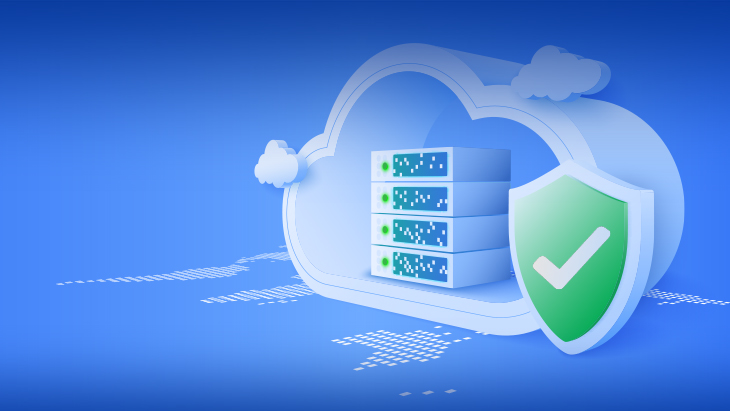
It’s the Clouds: Multicloud Computing’s Unintended Consequences
Public cloud, private cloud, hybrid cloud, multi cloud – all have advantages, but the management of so much diversity can be brutal. Unify the management across clouds and save time and money, while managing risk.
Over the last decade, we’ve gone from public cloud to private cloud, and from public/private to hybrid cloud; today, given the growth of cloud computing and the specific requirements for different applications (analytics, for example, vs. real time communications), a multi-cloud strategy makes sense.
There’s just one big challenge: how can IT and OT teams manage the increased complexity, including grappling with the growing volume of end-points within the physical infrastructure, with the advance of IoT and other applications?
From provisioning to policy, from orchestration to ongoing operations, from administration to tracking, reporting and growing compliance pressures, being able to support multicloud along with the multitude of different applications and services can turn into a nightmare if not thought through well in advance of deployments.
Recent market research indicates 95% of all organizations use some form of cloud-based computing resource, with 85% of these enterprises deploying a hybrid cloud infrastructure that leverages multiple private and public cloud resources, with the average enterprise using as many as 91 different cloud applications!
RightScale conducted its seventh annual State of the Cloud Survey of the latest cloud computing trends, with a focus on infrastructure-as-a-service and platform-as-a-service; these were their findings:
- Multi-cloud is the preferred strategy among enterprises
- 96 percent of survey respondents use cloud
- More enterprises are prioritizing public cloud
- Organizations leverage almost 5 clouds
- Serverless Is the top-growing extended cloud service
- Enterprise public cloud spend is significant and growing quickly
- Enterprise central IT teams shift role to governance and brokering cloud
- Significant wasted cloud spend makes optimizing costs the top initiative
- Container use is up, with Docker the most broadly used, while Kubernetes grows quickly
- Use of configuration tools grows, with Ansible showing strongest growth
- Azure continues to grow quickly and reduce the AWS lead, especially among enterprises
- Private cloud adoption grows across the board
- AWS leads in users with 50+ VMs, while Azure grows Its footprint faster
- AWS, Azure, Google Cloud, and IBM Cloud compete for the enterprise
“Both public and private cloud adoption grew in 2018, with larger enterprises increasing their focus on public cloud,” their report said. “AWS is no longer the runaway leader, as Azure has grown rapidly and is now a close second, especially among enterprise users.”
So, how can enterprises manage all this with any hope for uniformity?
Security is the answer, and Privileged Access Management (PAM) technology is the multicloud gatekeeper, at least when it comes to ensuring only the right people, with the right privileges, are able to access data and systems in an increasingly mashed-up world.
New to RightScale’s survey was data on the large and growing spend on public cloud, “which has driven cost optimization to the top of companies’ priority list. To gain control of growing spend, enterprise cloud teams are taking a stronger cloud governance role, including managing costs.”
Cloud computing is a friend, unless enterprises allow it to be a foe. PAM can be the normalizing application for ensuring consistent, unified governance across any number of clouds – and the applications they support.
Author: Olga Matveeva









